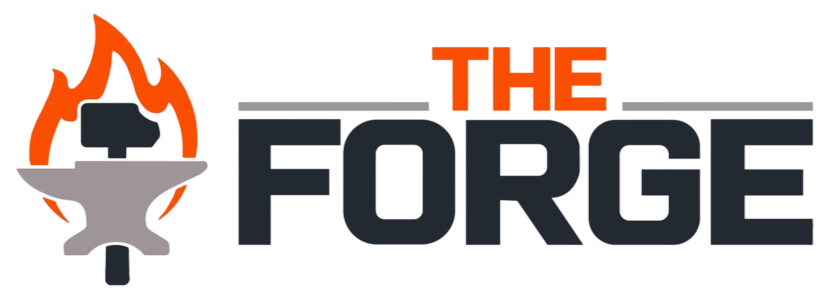Know Your Stretch
You may be surprised to learn that there are many types of stretching techniques, and you may not be benefiting from them. Our Nervous System is what allows our muscles to stretch. We’ll be discussing different stretches, how they work, and when best to impliment them.
Static Stretch
Your basic “hold a stretch” technique, but you may not know why this works. In a majority of our skeletal muscles lies the Golgi Tendon Organ (GTO), and this prevents us from overstretching the muscle, to the point of injury. The GTO is a receptor that senses tenstion built up from contracting or stretching.
Dynamic Stretch
Dynamic stretching is a type of stretching that involves active movements that take the joints and muscles through a full range of motion. Unlike static stretching, which involves holding a position for a certain period of time, dynamic stretching involves movement and is typically performed before a workout or competition to prepare the body for physical activity.
Dynamic stretching is designed to improve flexibility, increase blood flow and oxygen to the muscles, and reduce muscle soreness and stiffness. Examples of dynamic stretches include leg swings, arm circles, lunges, high knees, and ankle bounces.
Dynamic stretching can also help to improve balance, coordination, and power, by preparing the muscles for the specific movements and demands of the upcoming activity. Additionally, it can also help to reduce the risk of injury by preparing the muscles, tendons and ligaments for the activity ahead.
PNF Stretch
PNF (proprioceptive neuromuscular facilitation) stretching is a type of stretching that involves a combination of static and dynamic stretches, as well as contractions of the muscle being stretched. PNF stretching is considered to be more effective than static stretching alone for increasing flexibility and range of motion.
PNF stretching typically involves the following steps:
- Static stretch: The muscle is stretched to the point of tension and held for a period of time, usually 15-30 seconds.
- Isometric contraction: The muscle is contracted against resistance, usually provided by a partner or an object, for a period of time, usually 6-10 seconds.
- Relaxation: The muscle is relaxed and the stretch is held for a period of time, usually 20-30 seconds.
- Repeat: The process is repeated several times
PNF stretching is best used for specific muscles or muscle groups that are tight or have limited range of motion. It should be used under the guidance of a professional trainer or therapist.
Active Isolated Stretch
Active isolated stretching (AIS) is a type of stretching that involves a series of dynamic stretches that are performed in a controlled, repetitive manner. Each stretch is held for only a short period of time, typically 2-3 seconds, and is then immediately followed by a relaxation period. This allows the muscle to be stretched without being held in a static position for an extended period of time, which can cause the muscle to tighten up.
Active isolated stretching is designed to target specific muscles or muscle groups and is typically performed using a partner or resistance band to provide resistance during the stretch. The goal of AIS is to lengthen the muscle fibers and improve the range of motion without causing injury.
AIS is considered to be effective for improving flexibility, increasing blood flow and oxygen to the muscles, and reducing muscle soreness and stiffness. This type of stretching is often used by athletes and dancers to improve performance and prevent injuries.
